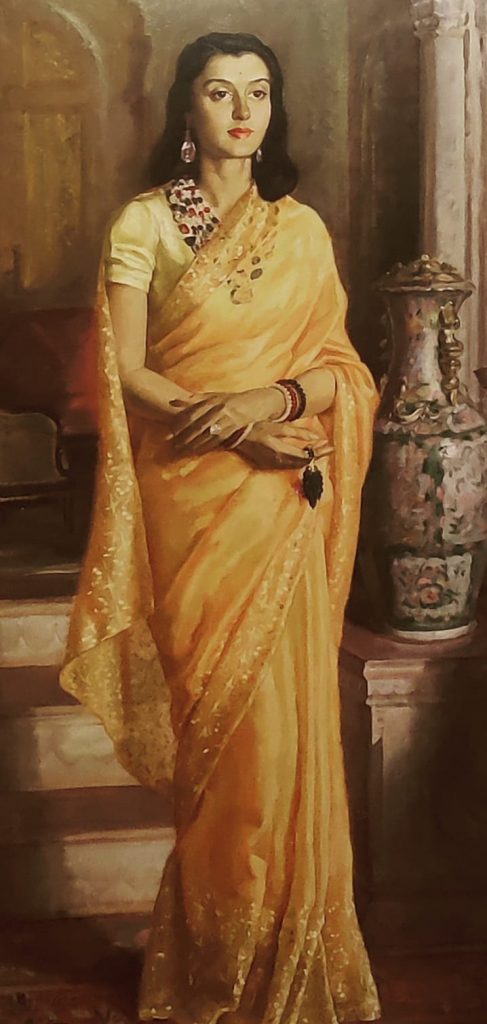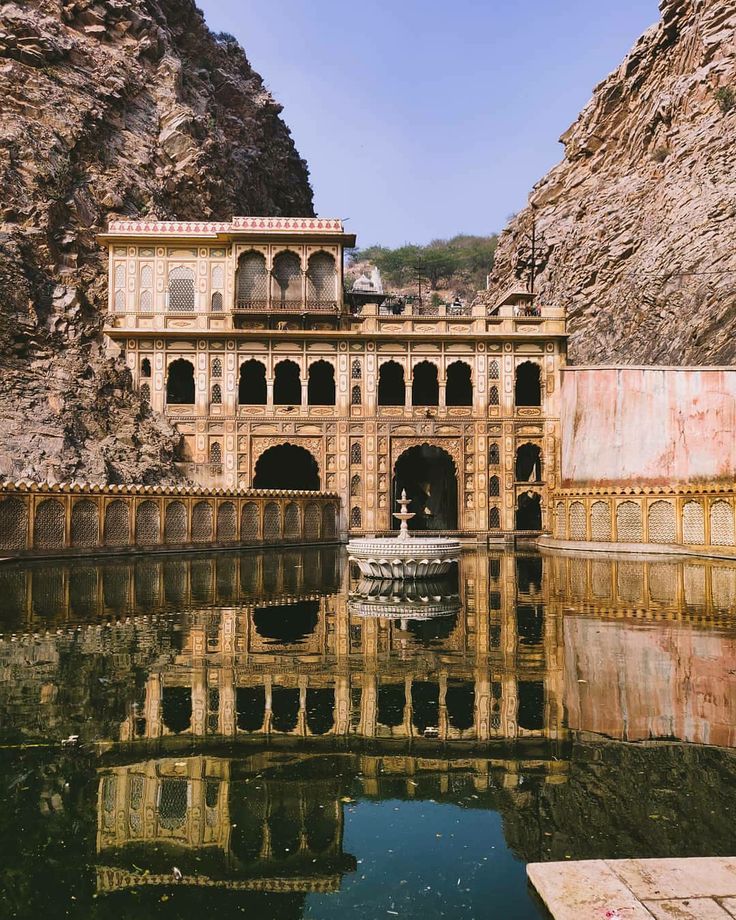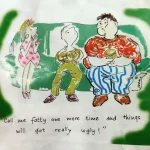
Indian journalist, R.V. Smith, recalls his impromptu meetings with the beautiful Maharani Gayatri Devi of Jaipur
Hollywood star, Clark Gable described her as one of the most beautiful women he had ever met. This from the man who romanced Vivien Leigh in “Gone with the Wind” is fulsome praise indeed. No less was Vogue’s selection of her among the 10 most beautiful women in the world (the list also included Indian actress Leela Naidu). Isn’t it an irony that both died within days of each other?
Soon after Clark Gables’ comment, Gayatri Devi was mugged in Chicago outside a jewellery store and passers-by gathered to stare at an Indian Princess. At Scindia House, Delhi just before the death of her husband, Maharaja Man Singh, during a polo match abroad, Smith, though timid, plucked up the courage to ask for an interview. The Maharani did not seem amused but seeing his naiveté asked him to come to Jaipur House the next morning. She looked sophisticated, fresh and charming in a voile sari with dainty looking slippers. This was quite a contrast to the polo playing Maharani who donned khaki trousers for the tiger shoot held during Queen Elizabeth II’s first visit to India.
The next morning, she was waiting for him sipping a cup of tea. The Maharani wished to know why he was so keen to interview her, which paper will publish the story, and even if they do, the article will be full of lies. “Not so”, exclaimed Smith, “please have faith in our journalism”. She answered many questions on her family, the status of the princely states, the abolition of privy purses and her tryst with the Swatantra Party. There was no bitterness in her about the abolition of the privy purses and the brusque manner in the which the princes had been treated before the death of Maharaja Man Singh.
At the next encounter, the Rajmata expressed her concern about Jaipur city, which she had fallen in love with since coming there as a young bride from Cooch Behar. She wished she could deal with the denudation of the hills around Jaipur that were responsible for the city’s picturesque look. The stones from these hills are being used not only to build houses in Jaipur but elsewhere too including Delhi. “What a pity”, she said. The congestion on the broad roads planned by Sir Mirza Ismail and on which peacocks danced were other issues that concerned her, as did the drainage system. “Do you know”, she said, “there were hardly any mosquitoes in Jaipur and people slept out in the open. Now because of tampering with the drainage, conditions have become unhygienic, and Jaipur too has been invaded by mosquitoes.” The Rajmata then rose, folded her hands in a namaste. The next moment, she walked off in the direction of the conference room.
But the impression she left behind was that of a gracefully ageing beauty to whom the poet Browning’s lines aptly applied:
“Grow old along with me
The best is yet to be”
Now that she’s gone, one feels as though a page of history has been turned over by the strong night breeze that blows over the hills. It originates from beyond the gorge of Galta (near Jaipur) – that utopian paradise.

Ronald Vivian Smith was an Indian news reporter and author of several books
on Delhi





Beauty is not necessarily restricted to appearance. The outer glow or radiance really comes from inner power. Essence decides physiological definition. If people are praised for their outer beauty, it really translates into the unconscious connection with spiritual essence. The body is not the only aspect of a human being. The greater aspect is the inner strength.